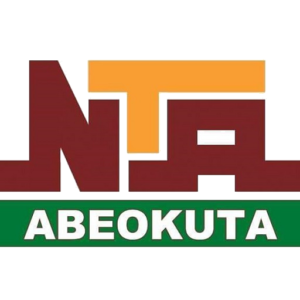
Professor Kholoud Al -Kindi
Educational Quality Adviser- Jouda Al-Tamazah Educational Consulting Company
The importance of employing handicrafts in teaching mathematics
Her handicrafts in mathematics teaching is an educational approach that depends on the use of concrete tools and practical activities, to help students understand mathematical concepts in a deeper and more clear way. This method aims to transform mathematics from mere abstract concepts into an interactive experience that enables students to explore and discover themselves.
The importance of handicrafts in mathematics teaching
1. Promote deep understanding: Hands help students see the relationships between numbers and mathematical processes in a significant way.
2. Increased interaction and participation: makes learning fun and attractive to students, especially in the early stages.
3. Stimulating critical thinking and problem solving: enhances exploratory, logical and visual thinking.
4. Taking into account individual differences and learning patterns: It allows each student to learn according to his own pace through practical interaction.
Examples of handicrafts in mathematics teaching
Deniz cubes.
* Overlapping cubes.
* The circular plate.
* Engineering painting.
* Cut the models.
* Ceilizer pieces.
* Mass.
* Algebra lab.
Hand use:
1. Cubes and magnetic pieces: used to teach counting, calculations, fractures and engineering.
2. Wooden sticks and buttons: to teach the plural, offering and beating in a visible way.
3. Engineering and listed clinical paintings: to teach geometric shapes, corners and measurements.
4. Paper and metal currencies: used to teach cash value and probability.
5. Interactive games such as cards and puzzles: reinforce calculation skills and mental speed.
6. Tools of daily life: provided that they are safe and suitable for the age group.
How to use handicrafts in lessons
* Learn to discover: Provide a problem for students to solve it using the available tools.
* Collective action: the use of tools in cooperative activities that stimulate dialogue and collective thinking.
* Analysis and application: Students are required to explain what they learned and linking it with abstract concepts.
Challenges facing handicrafts in teaching
1. Lack of resources and capabilities, especially in private schools.
2. Lack of budget allocated to educational means.
3. The lack of places to store tools and materials.
4. Consuming the preparation of manual means of great time and effort with the possibility of damage them.
5. Curriculum pressure and length.
6. The teachers ’ability to use handicrafts varies effectively.
7. Students’ density in grades.
8. Some teachers tend to traditional methods for easy use.
9. Students hesitated to accept new methods.
10. The possibility of chaos or the attention of students.
Suggested solutions
1. Providing an appropriate budget for educational means.
2. Organizing training workshops for teachers on the design and use of manual means.
3. Motivating teachers to innovate and exchange experiences.
4. Provide clear plans to integrate hand -made methods into the curriculum.
5. Students are accustomed to using and maintaining handicrafts.
6. Reducing the number of students in cooperative groups.
Conclusion
The use of handicrafts in mathematics teaching is not just a way to attract the attention of students, but rather an effective educational strategy that enhances deep learning and makes it more sustainable.






